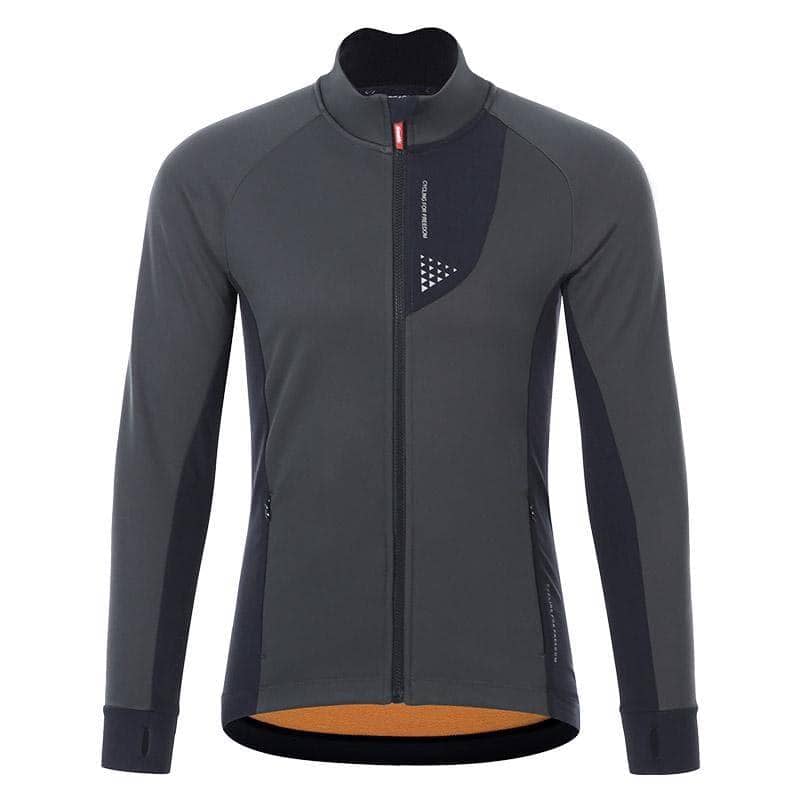Cycling Nutrition: All You Need To Know
Cycling is not just an exercise. It is also a sport. That means you must care for your body before and after every ride. Nutrition is an important part of cycling, whether you are riding recreationally or as a competitive athlete.
Here is what you need to know about getting the right nutrients to power your bike ride and keep going stronger than ever.
Basic principles of cycling nutrition
No matter the expertise level, every cyclist will be wise to have the right nutrition list at their fingertips. The fundamental principles of cycling nutrition to stick by include:
1. Balance macronutrients
Most meals need to have a balance of three macronutrients. They include proteins, carbohydrates, and fats. While fats are the most calorically dense nutrient, they also provide the body with good substances such as Vitamin E, D, and omega-3 fatty acids that help your muscles in various ways.
Protein helps muscle growth and repair. Carbohydrates are your body's main fuel source when biking or other forms of exercise.
2. Drink plenty of water
Hydration is vital to your bike ride rate and overall well-being. Water is the primary way your body removes excess salt and fluids. It also helps maintain body temperature and eliminate waste products, making it a must-have food when working hard on any exercise.
For best results, imbibe at least eight ounces every 30 minutes during or after the session. That will be about a gallon every three hours. You might take in more water in hot weather to cool your body.
3. Pre-ride fueling
Most cyclists use caffeine as a stimulant to get themselves going during a ride. But caffeine doesn't offer you that much benefit, even if you are used to it, which is why there are other methods that you can use.
Consider drinking plenty of water before your ride or mix in some carbohydrate-rich drinks such as fruit juice or sports drinks. It will help the active ingredients work their wonders faster to ensure you get up and going on the right foot.
Take the meal which brings you much comfort at least 1 hour before you hit the road.
4. Post-ride meals
Your body needs time to recover after strenuous exercise, particularly if it lasts longer. There should be enough time to absorb the nutrients you have taken earlier to help repair damaged tissue and muscles.
Supplements that can help increase recovery include protein, carbohydrates like sports drinks and quinoa, essential amino acids, vitamins, and minerals. Ensure you drink enough water or sports drink before your ride.
After the ride, you may also take other supplements, such as vitamin B complex or ascorbic acid, to ensure your body balances nutrients.
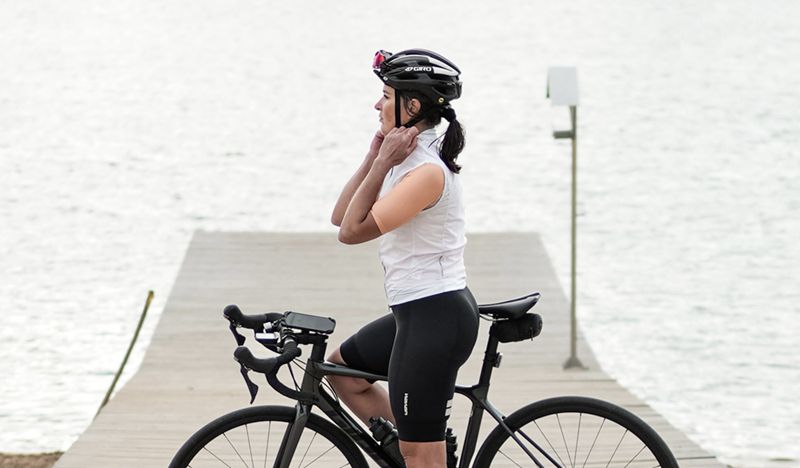
5. Take whole foods
It would be wise to have whole foods at least four hours before you go for your ride. It will give you enough time to digest the food and allow your body to absorb all the nutrients.
Fruits and lean proteins such as fish, eggs, or chicken is what you should focus on. They are both great sources of nutrients and take less time to go down.
6. Avoid overeating
Cycling might hype your appetite. Be cautious and keep an eye on your eating habits. It is not good to eat too much and get uncomfortable while riding.
So avoid indulging in huge portions or drinks to fill your stomach. That will only make you bloated and won't help you in any way. Nothing you can eat before a ride is limited, so don't push yourself beyond it.
7. Individualize nutrition
What's good for you might not be good for another cyclist. Making a personalized diet is the best way to determine what works for you. It might take a lot of time, especially with other riders around you on the road, but it will be worth it in the long run.
Tell them about your dietary habits and budgeting time in one month to calculate how many calories and nutrients you take daily. Try to follow a balanced diet by eating a variety of foods each day.
8. Listen to your body
It is easy to ignore your body when going for a bike ride or doing any other exercise. But then pain, discomfort, or nausea can become too much of a distraction.
Take note of these warning signs, react properly to align with your nutrition goals, and avoid getting into trouble. You should take in a snack if you are feeling weak or tired, slow down if you feel sick, and stop the activity if it becomes unbearable.
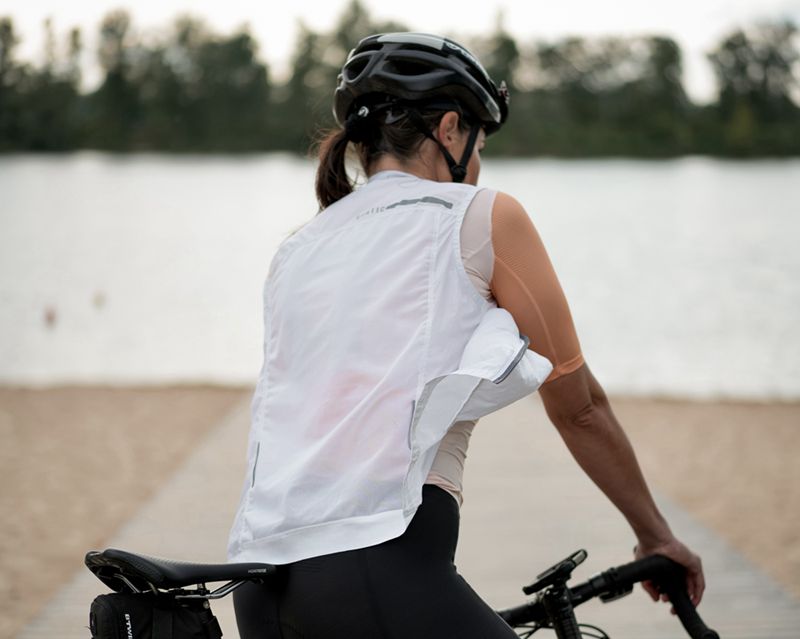
What to eat on a ride
On your bike rides, you will need to eat more than ever. During the bike ride, you must take in calories and nutrients essential for your body.
Here is what you can eat on a bike ride:
● Energy bars
These pocket-sized powerhouses give you a quick burst of energy right when needed. The bars are great to have with you all the time. They are available in the market, and most are packed with calories, sugars, and proteins to help you achieve your goal.
● Protein bars
Much like energy bars, protein bars are also filling and great. You can go for these if you don't feel like eating a full meal. They provide your body with high amounts of protein and are easy to carry around during the ride.
● Sports drinks
The drinks are great if you are riding for longer distances. They might rehydrate you when your intake is low. Sports drinks are best taken after your bike ride so your body has enough time to digest it before the next exertion level.
● Banana
If you want to eat something that tastes good while providing essential nutrients, eat a banana on your bike ride. Bananas have high potassium, providing instant energy. They are easy to carry around and are best to eat while you are on a ride.
● Citrus fruits
These are good sources of vitamin C, boosting your immune system and protecting against cancer. They also contain lots of antioxidants to fight the free radicals in the body.
● Dried apricots and dates
Dried apricots, dates, and raisins are great energizers as they boost metabolism quickly and provide instant energy to the body. Eating them on your bike can help you keep going for longer hours without getting tired or sore.
● Rice cakes
Rice cakes are good sources of carbohydrates and proteins. They are easily portable and provide a quick boost to the body. They are best suitable for long rides.
● Salads
Salads provide more than just a meal; they also give you all the healthy things that help maintain blood pressure, improve cardiovascular health, prevent cancer, and reduce inflammation in the body.
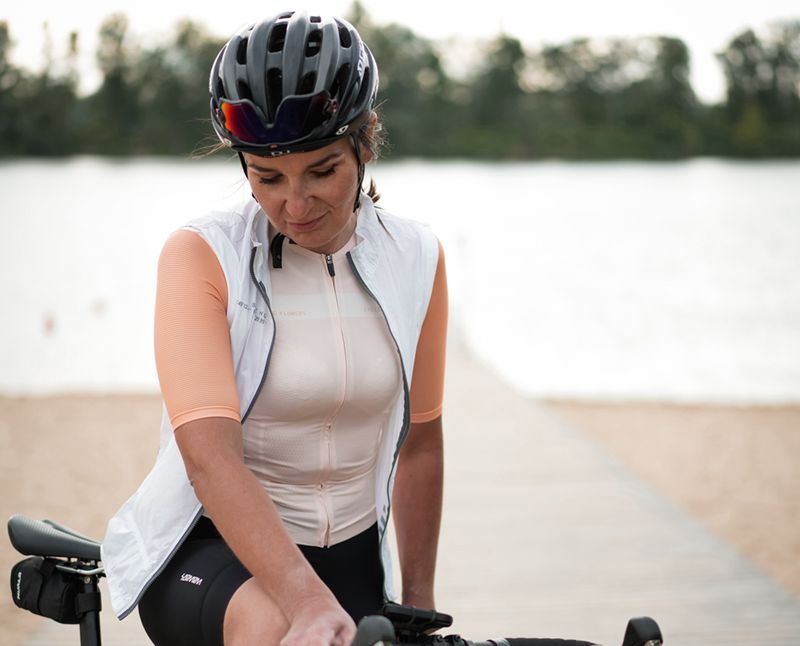
Nutrition for long distance cycling
If you are planning a long-distance bike ride, you need to know what nutrition you need to take.
You might need to take these during long distance cycling:
1. Carbohydrates
The body gets its main fuel for the day from carbs. Most of the time, your diet can help you determine which type of carb to take in.
Complex carbs like fruits and vegetables are best as they release energy slowly, which lasts longer and helps prevent muscle fatigue during a bike ride. They also provide your body with essential nutrients like vitamins, minerals, and fiber.
Simple carbs are more easily digested but less nutritious than complex ones. These are present in refined foods like granola bars and cakes. They provide energy quickly and make you feel better during the ride but do not give enough nutrients to maintain your health before or after the activity.
2. Protein
The main building block of the body. Your muscles are made up of protein, so having enough for them and your body components is important.
Protein is rich in animal products such as meat, eggs, fish, and dairy. However, you should combine them with vegetables or grains to derive more energy from them. Protein is also present in beans like kidney beans which provide 30 grams of protein per cup and are easily digested by your body.
3. Fats
You can leverage good fat from avocado and nuts to provide energy during a bike ride. However, avoiding saturated fat is best, which can lead to clogged arteries.
Not all fats are bad. Some of them are essential for many healthy body functions, like keeping the skin smooth and hair shiny. Eat oil-rich foods like olive oil and fish oil, rich in omega fatty acids that benefit your body's health in many ways.
4. Vitamins and minerals
A complete diet should contain vitamins and minerals in amounts. Having them ensures your body's muscles, organs, and tissues function properly.
Fruits and vegetables are naturally rich in these nutrients. You can eat them regularly to maintain a healthy body.
However, you also need to take vitamins and minerals through nutritious food supplements because eating natural foods alone is insufficient to provide the required nutrients to prevent conditions like anemia or osteoporosis.
Vitamin C, D, and magnesium are essential for the body's performance. These vitamins and minerals keep your body healthy by supporting bone growth, the absorption of iron and calcium in the blood, and maintaining nerve and muscle health.
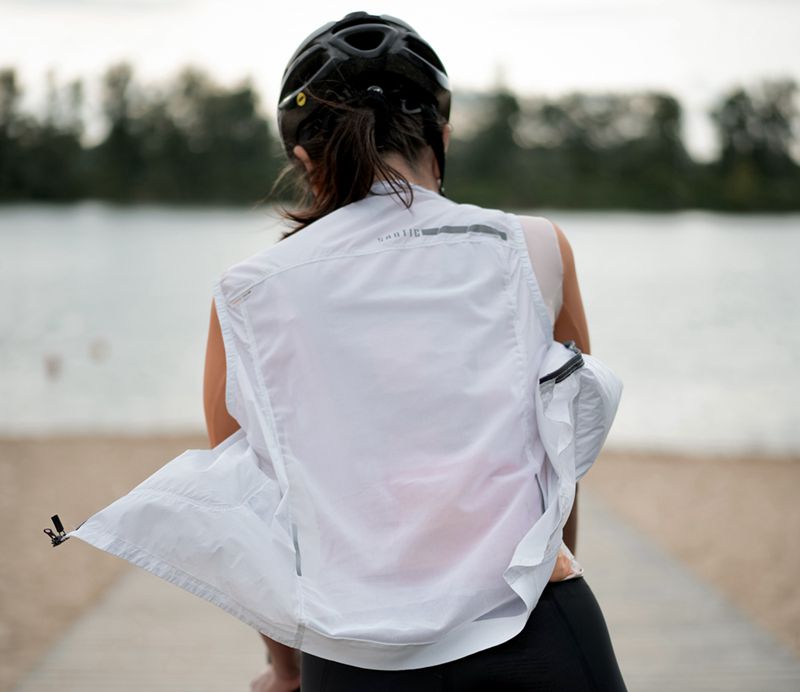
FAQs
1.What not to eat while cycling?
Now that you know what to eat, let's discuss what you should not eat on a bike ride.
Avoid cheese, chocolate, and fatty foods that can cause stomach problems. Take these foods after your bike ride to be digested before getting tired.
Foods with high sugar content, like cakes, biscuits, and candies, need to be avoided, as they are easily digested and provide instant energy but are not suitable for the body aside from having enough calories to perform the activity.
2.How do you fuel for a long bike ride?
You can elevate your performance and endurance on the bike by planning a good diet for the week. Plan your meals using healthier carbohydrates like beans, lentils, whole grains, or fruits.
During the bike ride, you can rely on snacks like bananas and yogurt for instant energy. You can also take vitamins and minerals to prevent illness and improve performance.
3.How much water should you drink before a long bike ride?
A good amount of water is needed for bike rides that last longer than two hours. Marathon cycling rides can take up to eight hours, so you need to ensure you have enough water in case of emergencies.
Please stick to one liter every hour, after which you plan to take it through a bottle holder.
4.What does 'bonking' mean, and how can I avoid it?
Bonk is a term used to indicate severe glycogen depletion. Many factors can cause you to run out of energy on your bike ride and feel tired and weak.
You might have a lot of training under your belt, but some simple mistakes can leave you drained before the day is up.
The key to avoiding a bonk is planning your food intake properly. You can regulate the amount of food or calorie intake in several ways, as discussed above.
5.What are some real food options for on-the-go nutrition during a bike ride?
When you're on a bike ride, having easily accessible and nutritious real food options can significantly improve your energy levels and performance. Some excellent real food options for on-the-go nutrition during a bike ride include:
Peanutbutter and jelly sandwiches balance carbohydrates, protein, and healthy fats. They are easy to carry and can offer a quick and satisfying energy boost.
Make your energy bites using oats, honey, nuts, and dried fruits. These bite-sized snacks are nutrient-dense, easy to pack, and can provide energy during your ride.
Hard-Boiled Eggs are a convenient source of high-quality protein and essential nutrients. They are portable and can be prepared in advance for a quick and filling on-the-go snack.

Conclusion
Proper nutrition is a key factor in optimizing your cycling performance. By balancing your macronutrients, staying hydrated, and fueling appropriately before and during the ride, you can maintain your energy levels to keep going stronger during long bike rides.
Related Articles
【Best Cycling Diet】
https://santic.com/blogs/extra/best-cycling-diet
【Carb Cycling Diet】
https://santic.com/blogs/extra/carb-cycling-diet
【Nutrition for Cycling】
https://santic.com/blogs/extra/cycling-nutrition


